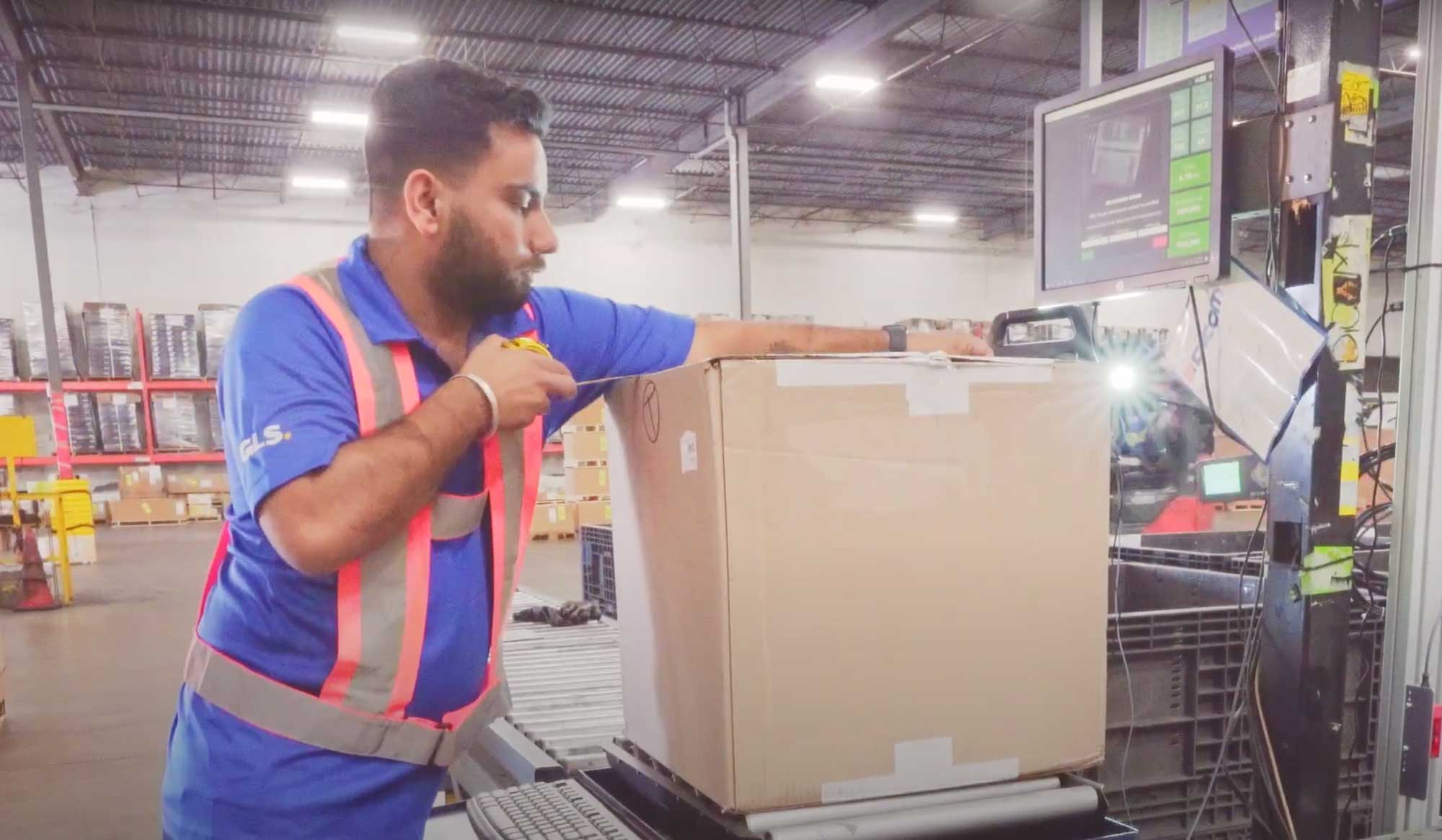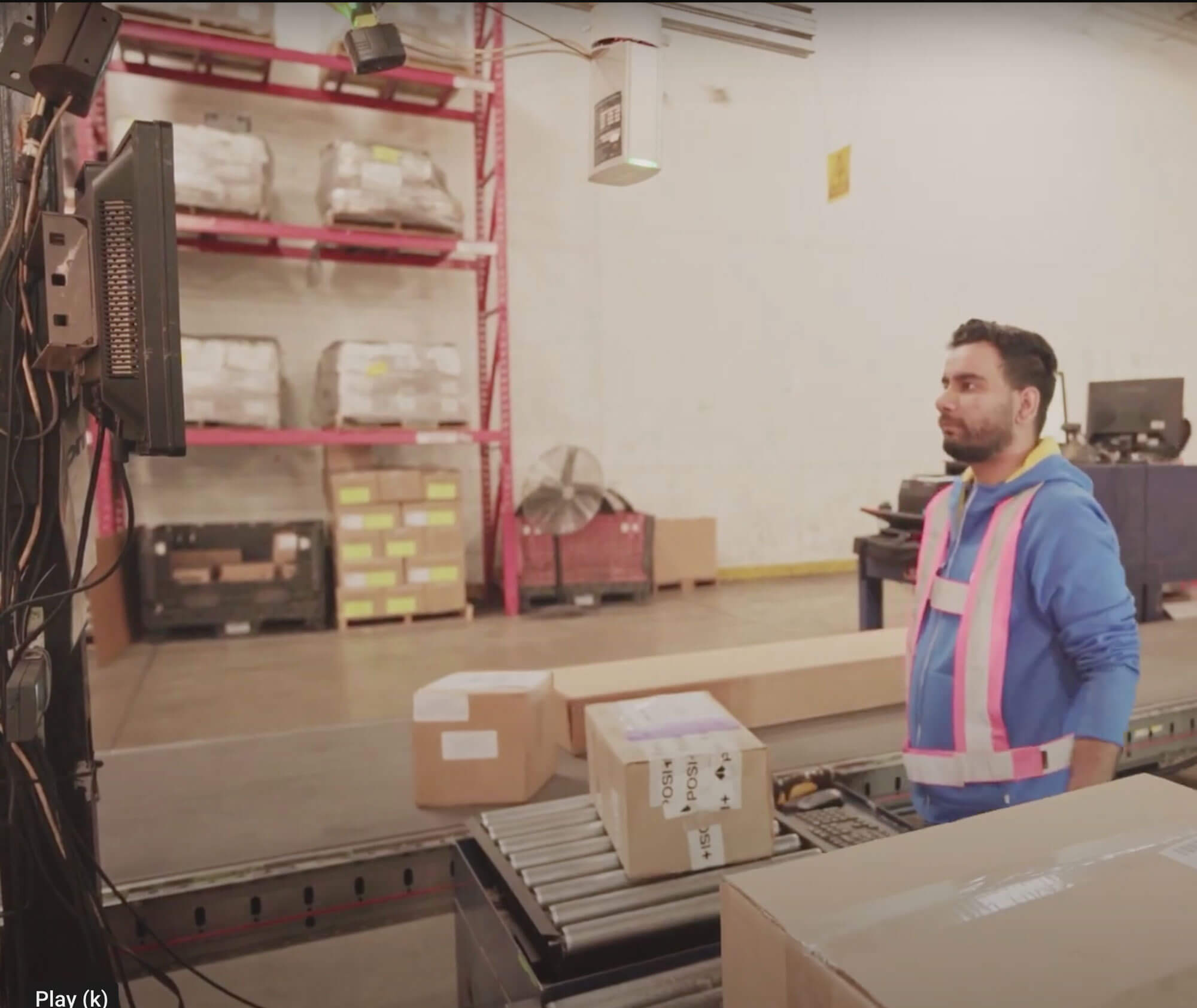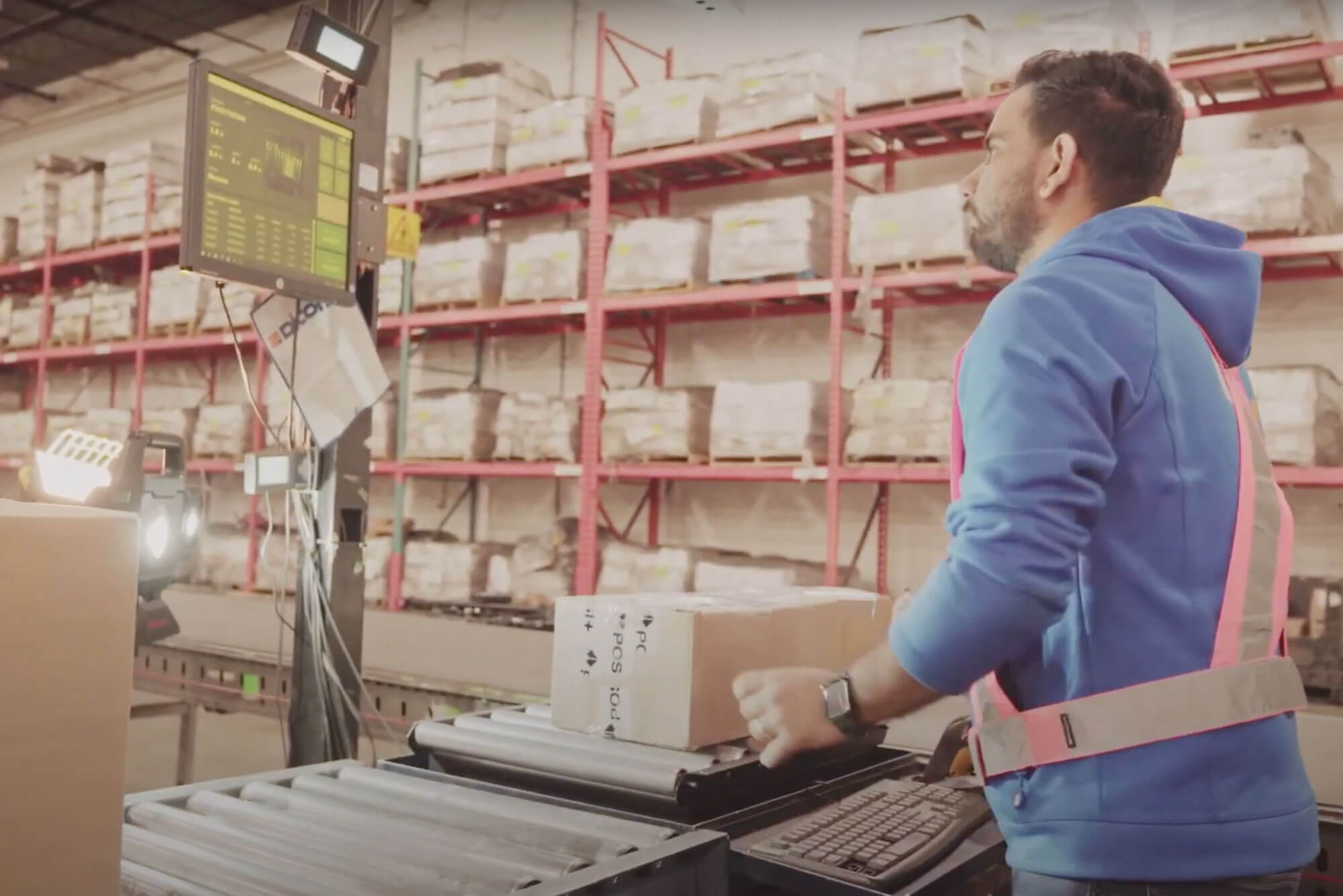
GLS Canada
Industry: Logistics & Courier Services
Daily Volume: 80,000+ Shipments
Streamlining Parcel Dimensioning at GLS Canada
Founded in 1968, GLS Canada has grown from a local courier service into a major player in North American logistics. With operations spanning a wide range of industries and a network of high and low-density sorting facilities, GLS Canada handles tens of thousands of shipments each day.
As part of their ongoing digital transformation, GLS Canada identified a critical need to modernize how parcel dimensions were captured across their lower-density facilities.
What Clients are Saying
“This product was excellent in that it helped us increase our throughput and reduce our administrative tasks. Our employees really love it because it reduced the amount of manual labour. Our customers love it because it dramatically increased the visibility and reliability of the tracking data that they receive on their side.”
Jeff Jackson
Director, Mobile Technology and Application Support, GLS Canada
The Challenge
While GLS’s high-volume sorting hubs had already adopted dynamic cube and reweigh systems, more than 20 of their smaller facilities were still relying on outdated or manual methods to validate parcel dimensions and weights. These included:
This lack of automation not only reduced operational efficiency but also introduced the potential for costly errors in billing and data reconciliation.


The Solution
PHD Solutions provided GLS Canada with a modern, scalable solution: the enVision 100S Parcel Dimensioner.
Certified for legal trade by Measurements Canada, the enVision 100S is a compact, cost-effective platform capable of capturing accurate parcel dimensions in under one second. Combined with enVision Connect software, GLS operators gained access to a high-speed cube and reweigh station capable of processing over 400 parcels per hour.
Additional enhancements included:
The Results
The impact of deploying enVision was immediate and measurable:
Final Thoughts
With enVision, GLS Canada successfully bridged the gap between operational efficiency and technological innovation across their lower-density network. The project exemplifies how targeted automation can unlock massive value—even in facilities that were previously overlooked in digital transformation efforts.
